The Lies of P may not stray far from other souls-like games before it, but it plays the part very nicely.
Released: 19 September 2023 | Platforms: PlayStation 5, PlayStation 4, Xbox One, Xbox Series X/S
When we’re converting famous children’s books into dark, twisted Bloodborne pseudo-sequels, you know we’ve reached a new age in the increasingly crowded souls-like genre. But here we are. The Lies of P is another game influenced by the dark and cruel FromSoftware masterpieces that have grabbed the hearts of many. It’s also an unquestionably amazing standout among a sea of games following the souls-like trend.
It has some inconsistent difficulty and linear level design. But it has an excellent plot, highly well-tuned gameplay, and memorable places and boss fights. So it’s not one game to pass up. It’s true that the Lies of P often mimics its inspiration so exact that it feels as if someone else is tug strings a bit too strongly. But that show that features an angry mob of puppets is still a lot of fun and great to watch.
Overview
It’s both a compliment and a criticism to state that Lies of P follows the template pioneered by FromSoftware to the letter. As such it has very few modifications. The UI and menus are eerily similar to any souls-like you’ve ever played. The visual is remarkably similar to Bloodborne. The combat is a meticulous ballet of strikes, slashes and parries geared for difficulty.
It keeps so closely to the script that I’d meet an apparently kind of NPC who may or may not deceive me through my playthrough. Only to find out that I was right. There’s even a huge boss with the same name, look and design as one of the cruel bosses from Dark Souls, which is sort of funny.
This is not even the first Eurocentric souls-like game with deadly killer robots! Steelrising which was released last year, has a surprising amount of things in common with Lies of P. From its mechanical adversaries gone insane to its stylish and historical metropolitan location, yet Lies of P is a much better game that stands out in other ways.
A Good Fairy Tale
One way it stands out is in its tale, which is a dark reinterpretation of Carlo Collodi’s ‘Pinocchio’. It’s a story about a naughty puppet who’s notorious for spreading lies and yearning to become a real kid. The Lies of P’s version of the classic tale takes a lot of liberties. But it has some nice nods to its inspiration, such as an untrustworthy cat and a fox. There’s even a neat mechanic where you have to choose whether to tell lies or the truth, which affects the outcome of your adventure.
This genre isn’t recognized for having the most accessible storylines, and Lies of P isn’t an exception. But it tries harder than most. Instead of just a haphazard collection of oddities and clues in item descriptions, there’s a lot of conversation and cutscenes that held my attention during my initial 30-hour game.
Indeed, of all the disturbing and intriguing stories I’ve seen in this genre, this is one of my favorites. Not quite as sympathetic and polished as Star Wars Jedi: Survivor, but certainly easier to comprehend than your Bloodbornes or Dark Souls. It has some fascinating twists and turns, as well as a few memorable characters, such as the self-obsessed socialite Venigni, who made me want to talk in an over-the-top Italian accent all the time.
You’ll spend your time hacking and slashing your way through stages where virtually everything in sight wants to kill you. Taking on far more powerful monsters, the Lies of P nails both of those genre cornerstones admirably. Krat is a memorable and dismal metropolis that constantly reminds you that you’re acting out a legendary fable about puppets.
It also includes Gemini the cricket, and your beloved father or puppet-making, Gepetto, who always urges you to be a nice boy before sending you off on missions to murder everyone in your path. You’ll see a puppet graveyard that acts as a type of poison swamp level that every souls-like games are mandated to have. There’s also an exhibition hall packed with hopeful visions of a future that clearly didn’t go as planned. Each is a lot of fun to hack and slash your way through.
However, Lies of P is far more linear than most similar games. The path is very straightforward from the beginning to the end, and no significant optional areas or secret boss fights to find. There are the occasional side quests that send you backtracking to locations you’ve already visited to solve a small puzzle in exchange for a new outfit or upgrade material. After you’ve completed the tale, you’ll have seen and done everything there is to see and do – except for doing it all over again on New Game+.
Another item on the list is some memorable (and filthy) boss fights, which the Lies of P has enough of. There are a number of large things that deserve to be smacked in the face. From a wicked puppet law enforcement officer to a hulked-out person, they bare resemblance to well-known familiars, such as Bane from Batman.
Even though they’re all quite easy battles in which you whittle down the enemy’s health bar, doing so is always pleasant. It would have been good to have one or two confrontations where they spice things up by throwing in a challenge or two to have you figure out how to beat your opponent. Those are usually my favorite.
Also, practically all of the bosses have two phases. I generally enjoyed them, but they become so common towards the end that it gets tiresome. Normally, the first phase is relatively simple, but when the second phase is comes he kills me continuously.
Then I have to keep replaying from the first phase till I’m absolutely bored with it. I simply wish I could skip it and go to the enjoyable and tough part. Many bouts seemed like the first phase was only a warm-up round before getting to the heart of the fight, but be assured. By the tenth try, I was ready to take on the real boss.
Puppet Killing Spree
For better or worse, most of Lies of P’s combat is clearly inspired by Bloodborne, with a few small modifications. You cannot repair life lost from direct assaults by striking back at your adversaries, like in Bloodborne. You can partly block some of the incoming damage and then counter to restore the chipped damage you took.
As a result, a similar trend exists in which aggressive gameplay is favored, which keeps combat going quickly. But it also inhibits more defensive playstyles, which tend to be my go-to in souls-like.
That feisty fighting is really entertaining, well-balanced, and well-tuned. But you’re clearly forced to play in a certain style rather than having the opportunity to develop varied builds, such as a ranged magic user in Dark Souls.
Another Bloodborne-inspired idea is to designate your right hand as your melee weapon and reserve your left hand for a utility weapon. This turns your machine-like left arm into a tool of destruction akin to the Winter Soldier, and it turns out to be a pretty clever interpretation of that mechanic.
You could use the quick and efficient ‘Puppet String’ to close gaps quickly, the powerful ‘Falcon Eyes’ to transform your arm into a cannon and blow up crazy puppets from a distance, or my personal favorite: use the ‘Aegis’ shield to deflect incoming blows and deal damage in kind with a fiery explosion that goes off when it’s hit.
It’s particularly amazing that each of these tools can be improved to add new features, like the Puppet String’s ability to enable you use a deadly air strike after performing a grappling hook move.
Puppet Killing Arsenal
Lies of P stands out in a highly crowded genre because to its innovative features. The weapon-crafting system allows you to deconstruct any weapon in your armory and combine different hilts and blades to create new weapon abominations. Ever wished to strap a massive saw blade to the handle of a rapier so you could use it to jab like you were fencing? Well, knock yourself out. It’s probably not a good idea at all.
Or how about attaching a rusted pipe with Mjolnir’s hammer? It’s all possibly! You are you!
A variety of attributes and abilities from your selected hilt and blade combine for a distinctive fighting experience, giving you plenty of options to create some absurd or unexpectedly powerful items.
But it’s unfortunate that the best weapons are legendary tools that can’t be disassembled and reforged into new items. Many of these are so much more potent than anything you can make. The more time you spend playing, the less likely you are to use the crafting system.
It’s a little sad that there aren’t any multiplayer modes. No co-op in this game either. But PvP looks like it would fit in nicely with the quick-fire reactive battles that Lies of P thrives at. You’ll have to play alone while enjoying your cool builds and inventive weapon combinations for the time being. Perhaps we’ll receive something similar as a DLC.
Here are a few new but cool additions available through the skill tree. Adding more amulets to your loadout gains you more pulse cells to heal during combat. And you also increase the number of consumable or throwing objects you can carry.
That was a good change of pace between all those horrible murders I had to do. When i get enough ‘Ergo’, I spend so much time thinking over each upgrade choice and pondering how to optimize my build to increase my chances of becoming better, stronger and dodge faster.
Lies of P has a checkered record when it comes to being soul-crushingly tough, which is of course what makes any decent souls-like. On the one hand, the majority of the world exploration, where I had to contend with the usual wicked puppets and repulsive monsters, was dreadfully simple, to the point that I hardly died during my playthroughs.
The majority of boss battles are similar. Experienced souls players may anticipate to defeat them without much difficulty because they are often large, sluggish, and foolish monsters who are easily confused when approached from behind or underneath.
However, every now and then, a showdown would occur when the difficulty abruptly increased and I would suffer 20 or 30 torturous deaths on a single monster, making me wonder if I wasn’t leveled properly or something.
I frequently felt that the levels before a difficult boss didn’t adequately prepare me for that gauntlet. More likely, my skills probably declined during the stretch of a largely undemanding travels between the dramatically more difficult boss fights. These particular bosses stand in such stark contrast to the much milder exploration sections that it can be quite jarring.
Depending on the character build you’ve picked, the variable difficulty is even more obvious. That’s because, as far as I can tell, speccing points in into ‘Technique’ (Lies of P’s version of dexterity) is more challenging than playing with a ‘Motivity’ (the game’s equivalent of a strength stat) build. As a Technique build, your weapons don’t do much to stun foes, and your ability to deflect damage is severely constrained because, barring a flawless parry, you can only entirely neutralize a small portion of an assault.
It’s quite enjoyable, but also very unforgiving, to learn the enemy’s attack patterns and develop the precise timing necessary to perfectly parry most attacks, before finally breaking the enemy’s guard, and laying into them with your fast-moving weapons. It’s best to learn these to defeat even the most formidable bosses.
While this is going on, ‘Motivity’ players may simply beat down bosses with their heavy weapons, which deal large amounts of stagger damage, leaving them vulnerable to lethal executions. That’s very funny to see, but it also leaves you feeling fairly exhausted, especially when compared to a playthrough that places a far higher priority on technique.
In addition, the Lies of P has little quality-of-life enhancements that I’d like to see implemented into other souls-like games. One of such is that, you don’t lose all of your ‘Ergo’ (same as souls) when you die. Instead you have a certain amount deducted each time you take damage while trying to recover it. Or the fact that you’re alerted whenever you have enough ‘Ergo’ to level up your character rather than waiting until you reach the resting point. Like that will make a big difference.
In terms of memorable music, several souls-likes games are well-known for having it, but Lies of P stands out in this category. Not only are the boss battle tunes terrific, you can also play other songs in a jukebox back at your base, which are truly amazing.
In fact, I’ve grown a little bit obsessed with trying to gather them all, and I still have a lot more looking to do. Seriously, that jukebox made me look for reasons to hang out in the social center, where I worked on my build and manufactured weapons. The music is that excellent!
Annoyingly Bad Puppets
Unfortunately, the game is not entirely free of the clumsy origins of the genre. Throughout my playthrough, I did come across several very annoying glitches. Among other things, there were a few occasions when I strangely phased across the landscape, and foes had a peculiar propensity to simply despawn in front of me.
Fortunately, none of these problems were too pervasive, so they won’t likely ruin an otherwise fantastic journey, especially given how great the rest of the performance is. It’s not typical in this genre to have a flawlessly constant framerate throughout an adventure, but I did.
Verdict
The Lies of P may not stray far from other souls-like games, but it plays the part well. The game’s uneven difficulty did not always make me feel like an outsider, especially when playing as a brawny, stronger version of Pinocchio wielding a large weapon. And the fighting restricted me into a definite playstyle despite the levels being less open and twisty than others.
But, with a fantastic weapon making system, some truly memorable boss fights, and one of the finest tales we’ve seen in this genre, I recommend spending your time with Gepetto and your companions.
If this review appeals to you, please leave a comment below. Any questions you may have please leave them below, as well, and I will get back to you. It encouraging and motivates us to continue to create good content.

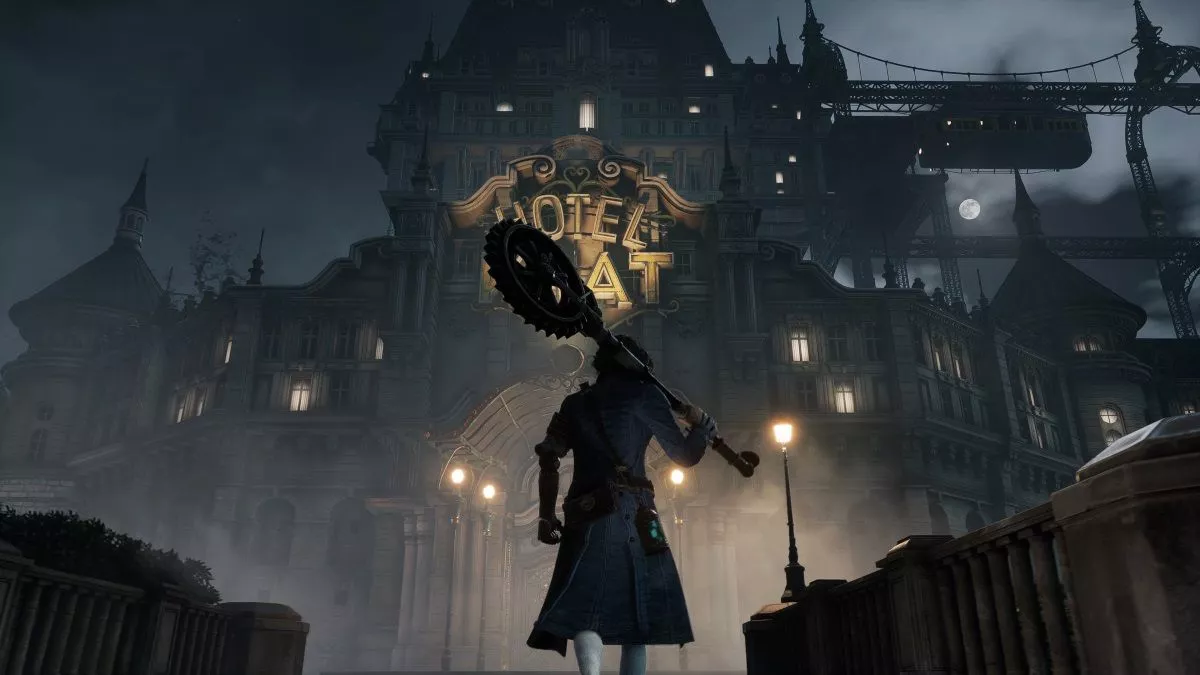



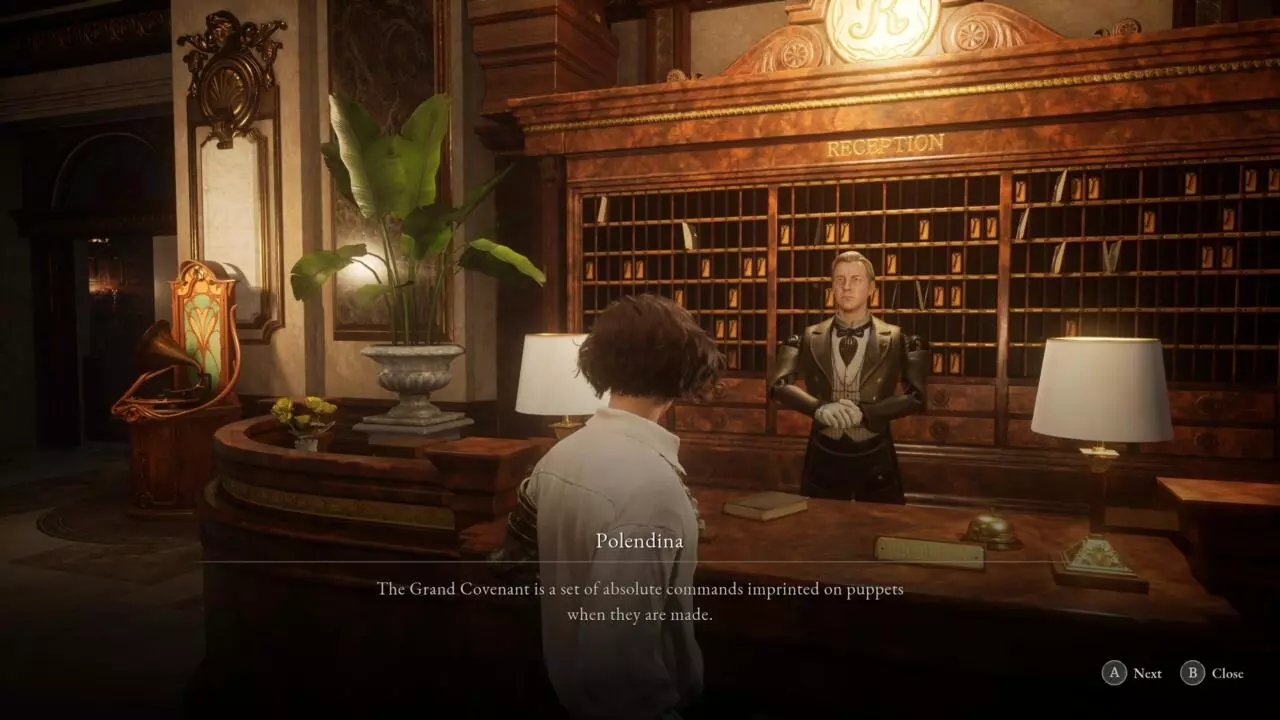
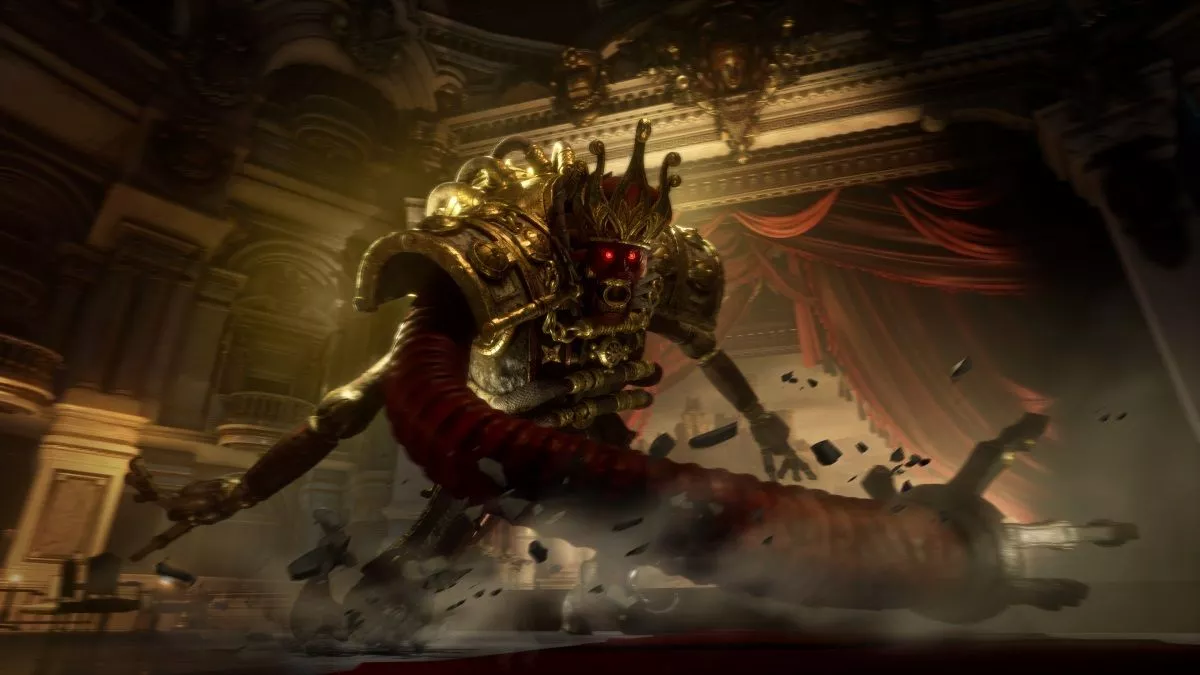
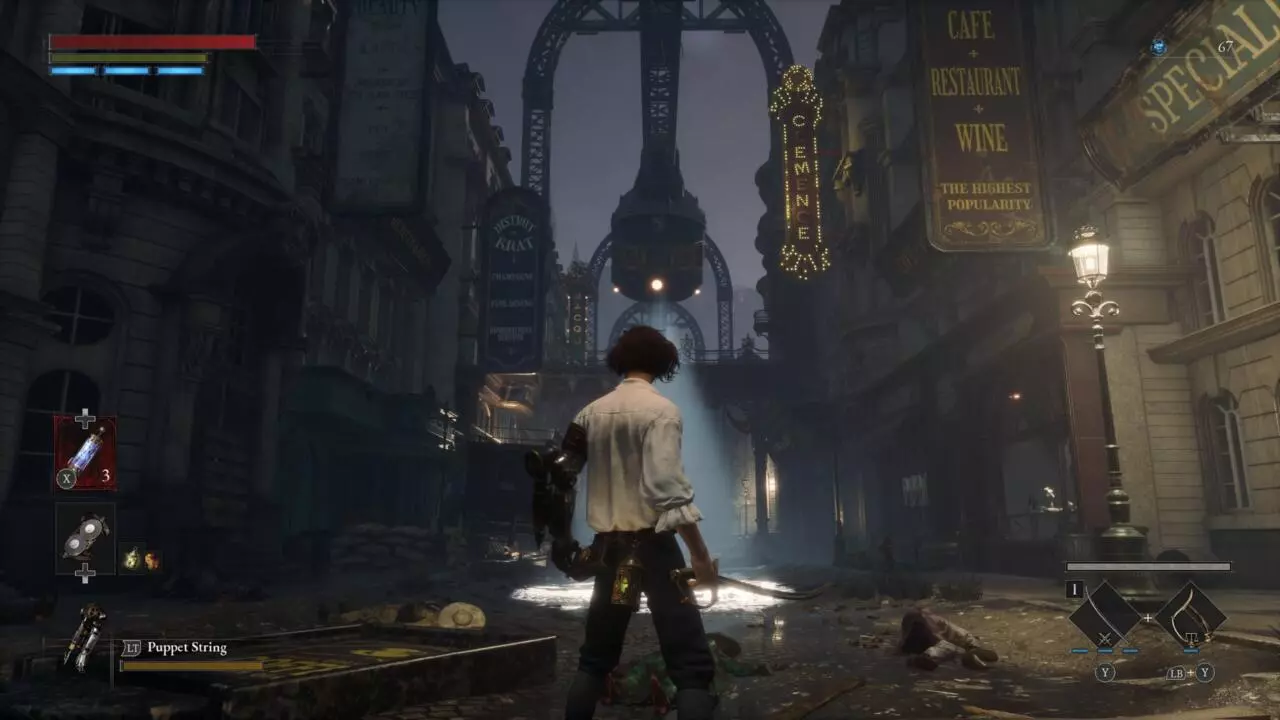





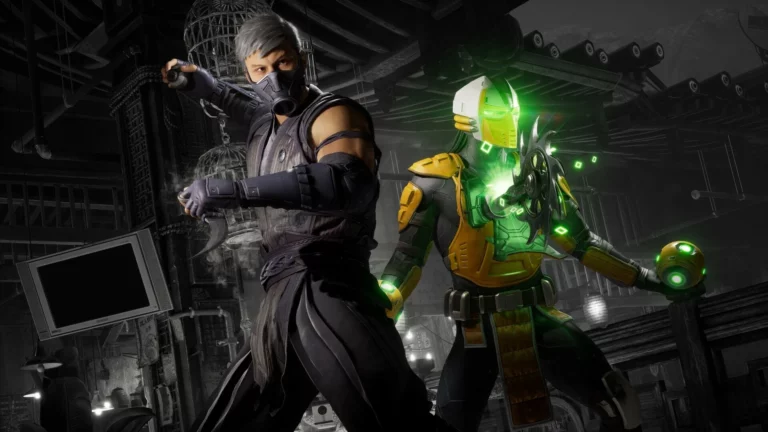







+ There are no comments
Add yours